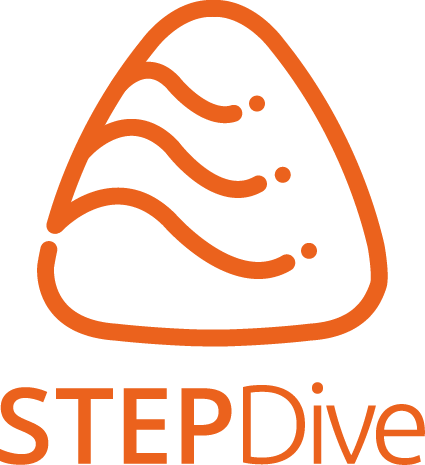We’ve put together some commonly asked questions to give you more information about STEPDive and our product offering. If you have a question that you can’t find the answer to, please contact us for more information.
Are weights incorporated into the harness?
No, the STEPDive harness does not utilise integrated weights. Students only need to wear a 1 – 2 kg weight-belt to counter any buoyancy created by a wetsuit. At the end of a dive (or in an emergency situation), positive buoyancy is established by simply removing the belt and securing it to the raft for easy in-water transportation.
How is pressure monitored?
With the exception of the STEPDive Mini, all STEPDive systems are equipped with a regular SCUBA EN250 certified Submersible Pressure Gauge (SPG) that is fitted to the harness worn by the lead diver.
How visible is STEPDive to other boats/watercraft?
The raft is bright orange, 1.5m long and the dive flag (dimensions of 50cm x 30cm) is positioned 1m above the raft. We’ve made STEPDive bigger and the flag higher than any other system on the market to ensure maximum visibility.
Is a bail out system used?
The STEPDive system has a maximum depth of 5m, hence no additional air or emergency bail out mechanisms are required. Additionally, as the depth can be limited for the age/ability of the student, this ensures that they reach a level of comfort before progressing and reduces the likelihood of panic in an emergency situation.
Training
How do you control your buoyancy?
Buoyancy is far more complex in regular SCUBA diving. For SCUBA, the tank size, material (aluminium or steel), changing weight as air is consumed plus a diver’s understanding of breathing techniques and BCD usage all contribute. STEPDive by comparison is incredibly easy! After completing a buoyancy test (usually only 1 – 2 kgs is required), a students position in the water is simply controlled by their breathing. Hence, the sensation of neutral buoyancy is enhanced (from wearing less equipment) and a greater understanding of how the lungs affect buoyancy underwater is developed – a key stepping stone towards a future peak performance buoyancy course.
What happens in an ‘out of air’ scenario?
An out of air situation should always be avoided and is risky in any scenario. Within the training, anyone who dives deeper than 1m will have the appropriate knowledge to avoid this situation entirely. However, should it occur, the shallow depths of the system and the remaining low pressure in the tank and hoses will still allow users several breaths to comfortably get to the surface.
Does someone always need to be present at the surface?
Children never dive alone – there is always a SCUBA certified adult/dive professional joining them underwater and managing the system. In a busy boating area, it is recommended that an additional person be present on surface lookout.



